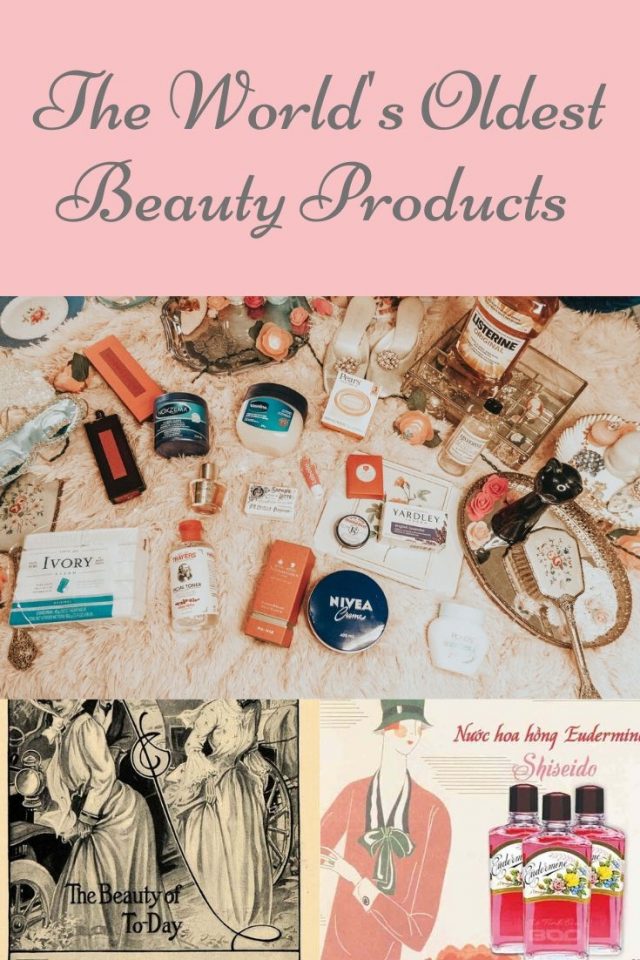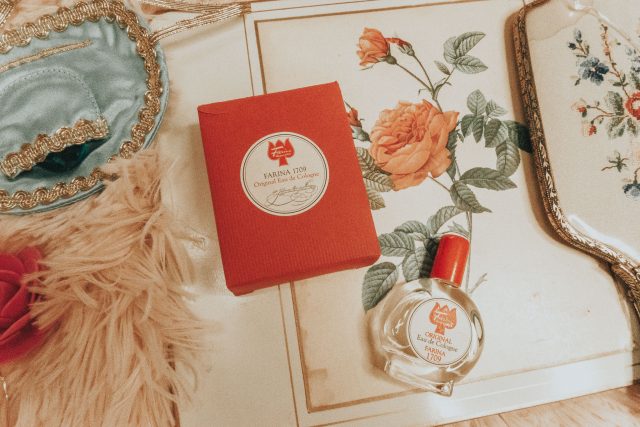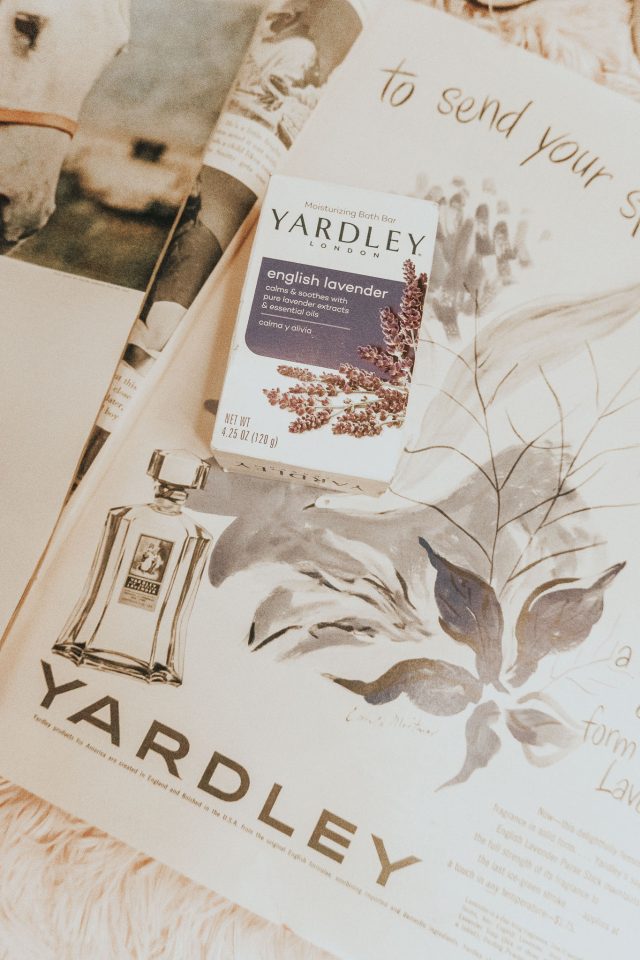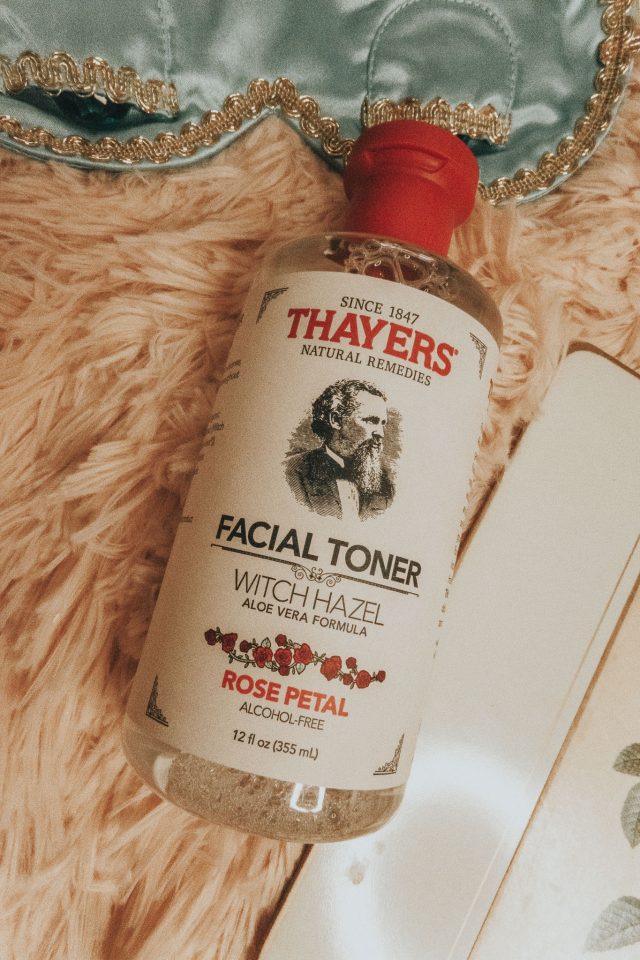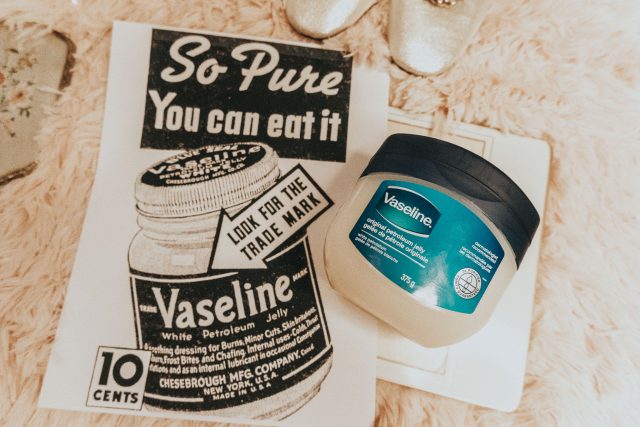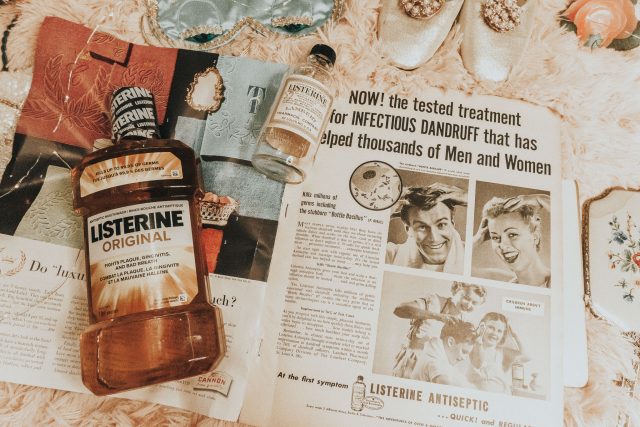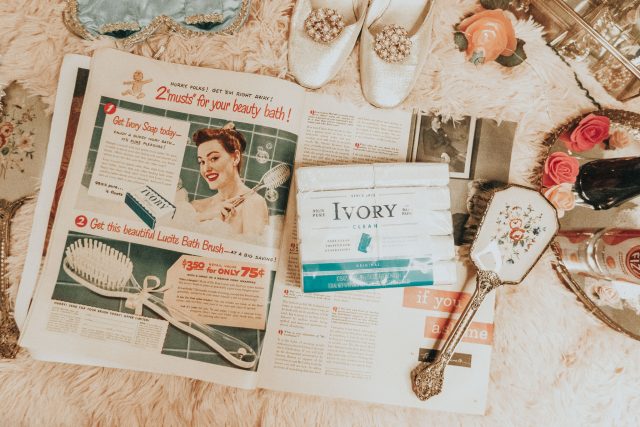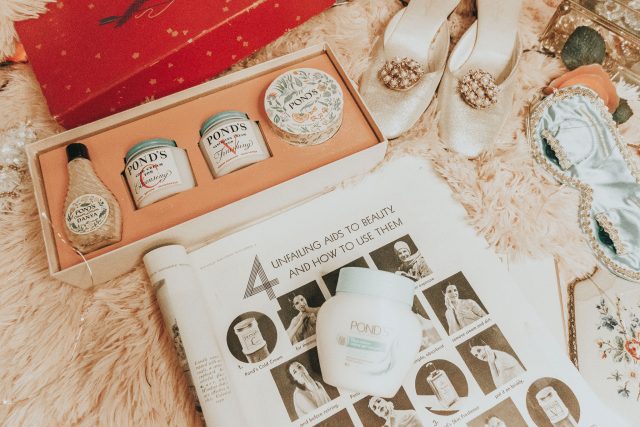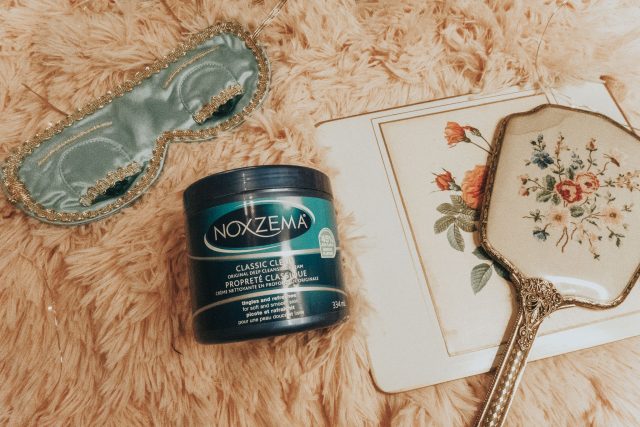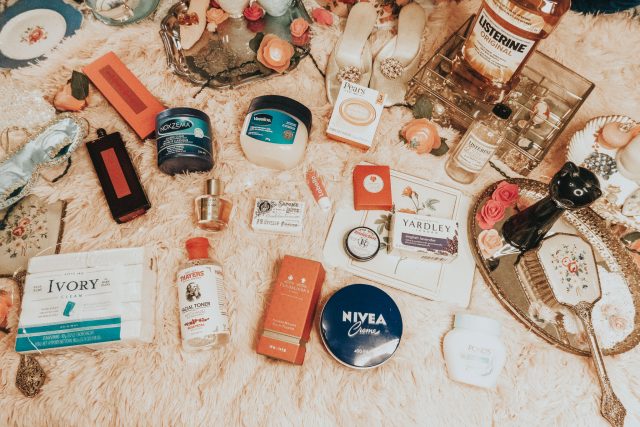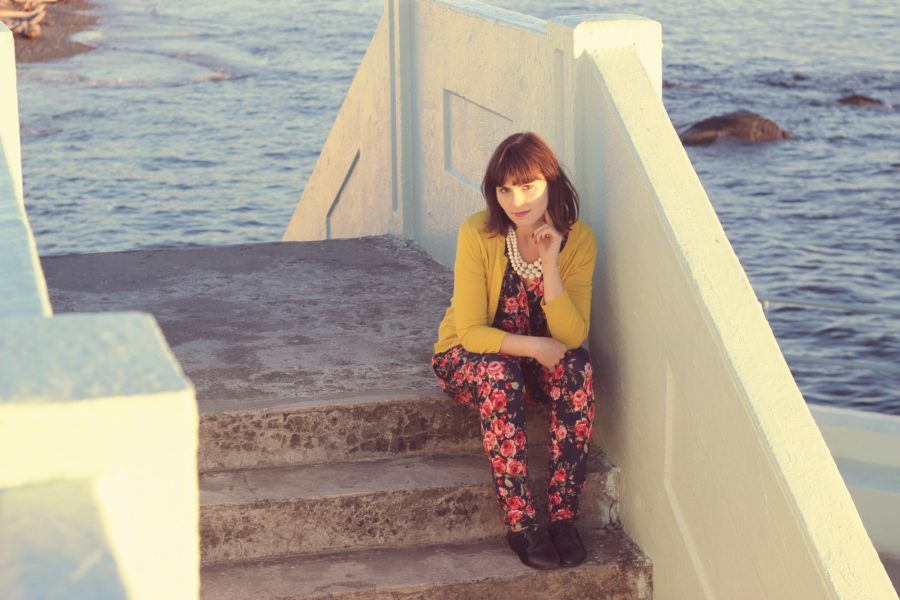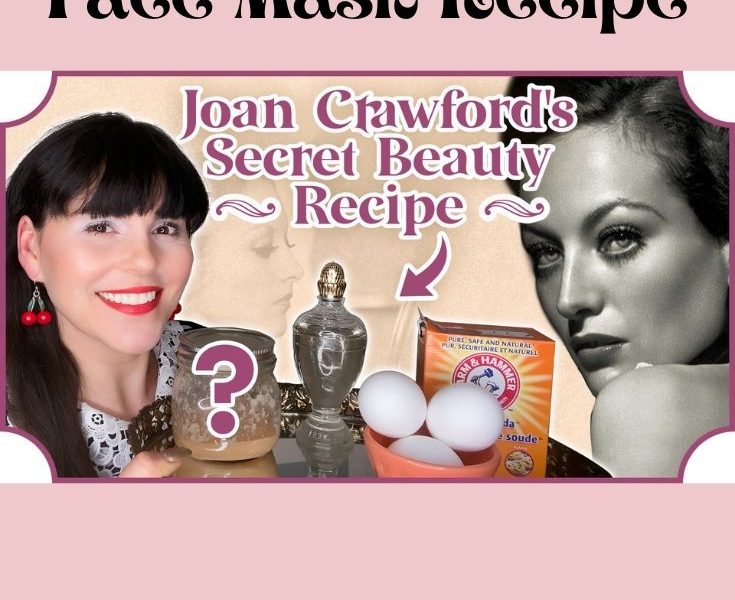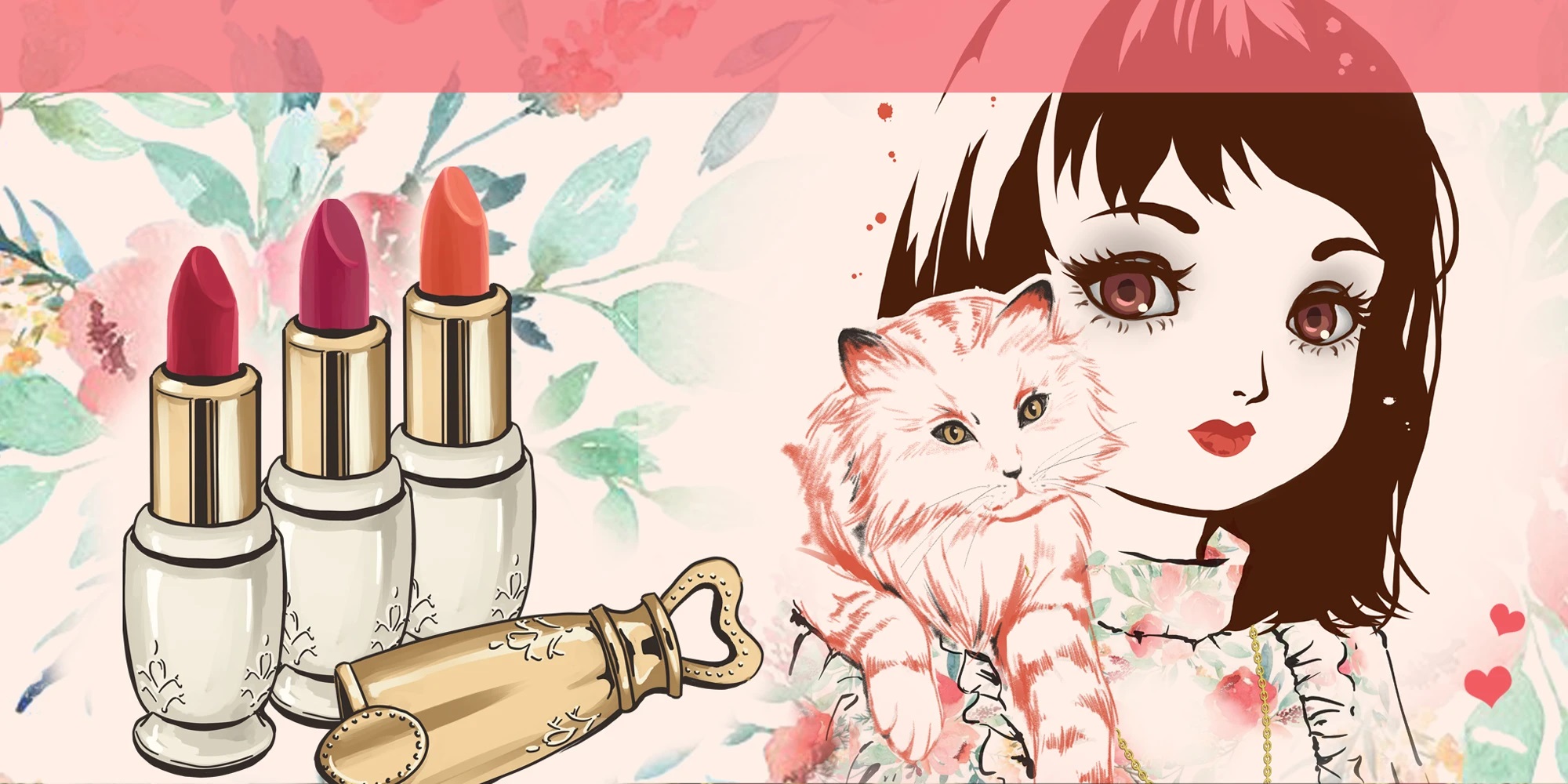Hello lovelies, today I will be discussing the world’s oldest beauty products that you can still buy today dating back to the 1500s. Below is a list of the world’s oldest beauty products starting from the oldest to the newest.
Santa Maria Novella Acqua Della Regina, 1533
This is the world’s oldest continuously existing pharmacy, Officina Profumo-Farmaceutica di Santa Maria Novella is now well into its eighth century. In the early 1200s, the Dominican friars were making balms, pomades, and herbs grown in the monastery’s gardens. The signature scent Acqua Della Regina was created in 1533 for Catherine de’ Medici’s marriage to Henry II, the king of France. This perfume is still one of their best selling products.
Farina Eau de Cologne, 1709
Farina was created by the Italian born and bred Giovanni Maria Farina, who first created Eau de Cologne as an attempt to recapture the sensory soul of his hometown while living in Germany. His exact words, in a letter to his brother: “I have found a fragrance that reminds me of an Italian spring morning, of mountain daffodils and orange blossoms after the rain.” Farina is composed of essential oils from lemon, bergamot, tangerine, orange, neroli, and grapefruit married with dashes of tobacco, petitgrain, lavender, jasmine, thyme, and rosemary. The cologne was used to mask the full aroma of the unwashed bodies and was crisp and fresh compared to the other musky fragrances from that time.
Yardley London Lavender Soap, 1770
Yardley is the oldest registered beauty brand in the world. The company was officially founded in 1770 but records show that it actually began in the 1600s when King Charles granted Yardley to supply soap for the city of London. The key ingredient in Yardley soap is lavender known for its soothing properties.
Pears Soap, 1807
Pears was founded by Andrew Pears in 1789 as a barber’s studio in SoHo, London. In 1807 Pears invented the world’s first transparent soap bar, which was initially called the English Complexion Soap because of its extra gentle formula. Pears soap takes three months to make and won the prize for the best soap at the Great Exhibition in 1851.
Thayers Original Witch Hazel, 1847
Thayers capitalized on the benefits of witch hazel extract that was made from a non-distilled shrub. I love this toner because it is alcohol-free and made with therapeutic skin-boosting properties.
Penhaligon’s Hammam Bouquet, 1872
Penhaligon was founded by William Henry Penhaligon, a Cornish barber who moved to London and set up shop on Jermyn Street in the late 1860s. His first fragrance was Hammam Bouquet, inspired by the heady aromas emanating from the Turkish bath next door. The William Penhaligon’s bottle design remains mostly unchanged, with the flash of ribbon taking us back down memory lane to the England of Queen Victoria.
Vaseline, 1872
Robert Cheseborough founded Vaseline while prospecting for oil in
Titusville, Pennsylvania. He observed that oil rig workers were using “rod Wax” which was the drill residue to heal cuts and minor burns. The caught the chemist’s imagination, and he spent a decade refining the rod wax to a clear white petroleum jelly that is now known as Vaseline.
Listerine, 1879
Listerine was developed by a Missouri chemist Joseph Lawrence as a surgical antiseptic, Listerine was named after Baron Joseph Lister, a pioneer of antiseptic surgery. Over the years, this combination of menthol, thymol (thyme), eucalyptol (eucalyptus), and methyl salicylate (wintergreen) has been used for purposes ranging from bathing surgical wounds and sore throats. Listerine hit the mainstream in 1895 when it caught the eye of dentists. Listerine became the first over the counter mouthwash to be sold without a prescription. Today, the 138-year-old liquid remains the oldest product in the Johnson & Johnson portfolio.
Ivory Soap, 1879
The chemist James Gamble, of Procter & Gamble, whipped extra air into a batch of Ivory soap bars, he not only created the world’s first floating soap and one that was 99.44 % pure.
Smith’s Rosebud Salve, 1892
It was invented by Dr. GF Smith as an all-purpose salve to help with issues such as chapped lips, razor burns, hemorrhoids, and diaper rash. Smith’s Rosebud Salve is still one of the most multipurpose products out there.
Shiseido Eudermine, 1897
Established in 1872 by Arinobu Fukuhara in Ginza, Tokyo, Shiseido was Japan’s first “western-style” pharmacy. The brand’s first beauty product – a softening lotion called Eudermine – was launched in 1897. This lotion can still be found on the Shiseido counters 120 years later and in the original packaging style if you look hard enough.
One of Shiseido’s most iconic products launched in Japan over 100 years ago, this illuminating and hydrating essence, is an essential step in any J-beauty routine. The fast-absorbing, silky fluid instantly absorbs and retains moisture thanks to bio-hyaluronic acid and glycerin. Exfoliating enzymes gently slough away dead skin cells, while amino acids nourish. Formulated for all skin types, this featherweight fluid used after cleanser preps the face and helps any serums or moisturizes layered over the top penetrate deeper and faster.
Pond’s Cold Cream, 1907
Ponds Cold Cream started in 1907 but dates back to 1846 when pharmacist Theron T. Pond extracted a healing tea from witch hazel that was perfect for healing small cuts, rashes, minor burns, and other skin ailments. This ‘Pond’s Extract’ became the origin of what we now know as Ponds Cold Cream. It was called cold cream because it is the first moisturizer that did not require refrigeration.
Noxzema, 1914
Noxzema was invented by Dr. Francis J Townsend in Ocean City, Maryland, this greaseless cold cream, which soothes skin and acts as a mild pain reliever, was originally called Townsend R22 and was prescribed to resort-goers for soothing their sunburn. Soon, it was being called upon for everything from chapped and irritated skin to remove makeup and deep cleanse, keep wrinkles at bay and treat acne. It can also be left on overnight as a sleeping mask.

